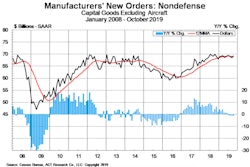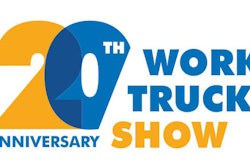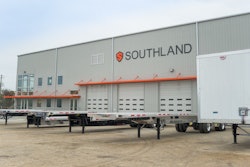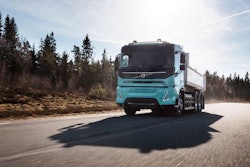
In its executive summary of the 150-page report, NACFE notes due to ever-increasing competition and regulation, “fleets are beginning to consider alternative fuel vehicles for their economic and environmental benefits. Innovation and significant investment have brought viable candidate technologies into the realm of production and near-production reality.”
NACFE says the most promising near-term options, all of which are addressed in its confidence report, include: Commercial battery electric (CBEV); Fuel cell hybrid electric vehicle (FCEV); Compressed natural gas (CNG); Renewable natural gas (RNG); Liquefied natural gas (LNG); Propane (LPG); Hybrid diesel electric (HDE); Renewable diesel (RD).
Ultimately, NACFE says it found no clear winners or losers in alternative fuels. Instead, each alternative will play a part as vehicles become more specialized for their duty cycles. Decisions also will be influenced by factors that include regional or local energy availability and operational requirements, such as day or night operations; dual driver operations; slip seat driver operations; and regional, local, or long haul. Class 7 and 8 tractors, however, have operational sweet spots where these alternative fuel technologies currently make more sense.
NACFE concludes its research for this report supports six major findings:
- North American freight movement is becoming more predictable, with dedicated routes enabled by e-commerce and other technologies, offering better duty cycles for alternative powertrains.
- Each alternative fuel powertrain offers benefits in the short term compared to current diesel and may have enough duty cycle scale to offer total cost of ownership (TCO) and emission savings.
- CBEVs and fuel cell trucks will be capable of lower TCO in the 2030 time frame.
- Vehicle specifications will be more optimized for the duty cycle and technology of the first user, limiting the applicability of the equipment for second or third users.
- A “messy middle” will exist until CBEVs and FCEVs alone power these trucks because alternatives offer significant improvements over the diesel and gasoline baselines.
- A future zero-emission freight world will only have electric-based vehicles (CBEV, FCEV, or catenary electric) that are powered well-to-wheel from truly renewable sources, such as hydro, solar, and wind.
“Fleets should not delay engaging with these new technologies,” says Mike Roeth, NACFE executive director. “By exploring the use of these technologies and adopting where possible, they will help optimize these technologies for their own duty cycles and applications and take advantage of all the benefits of the various choices.”
For more information, and to download this guidance report and executive summary, please CLICK HERE.










